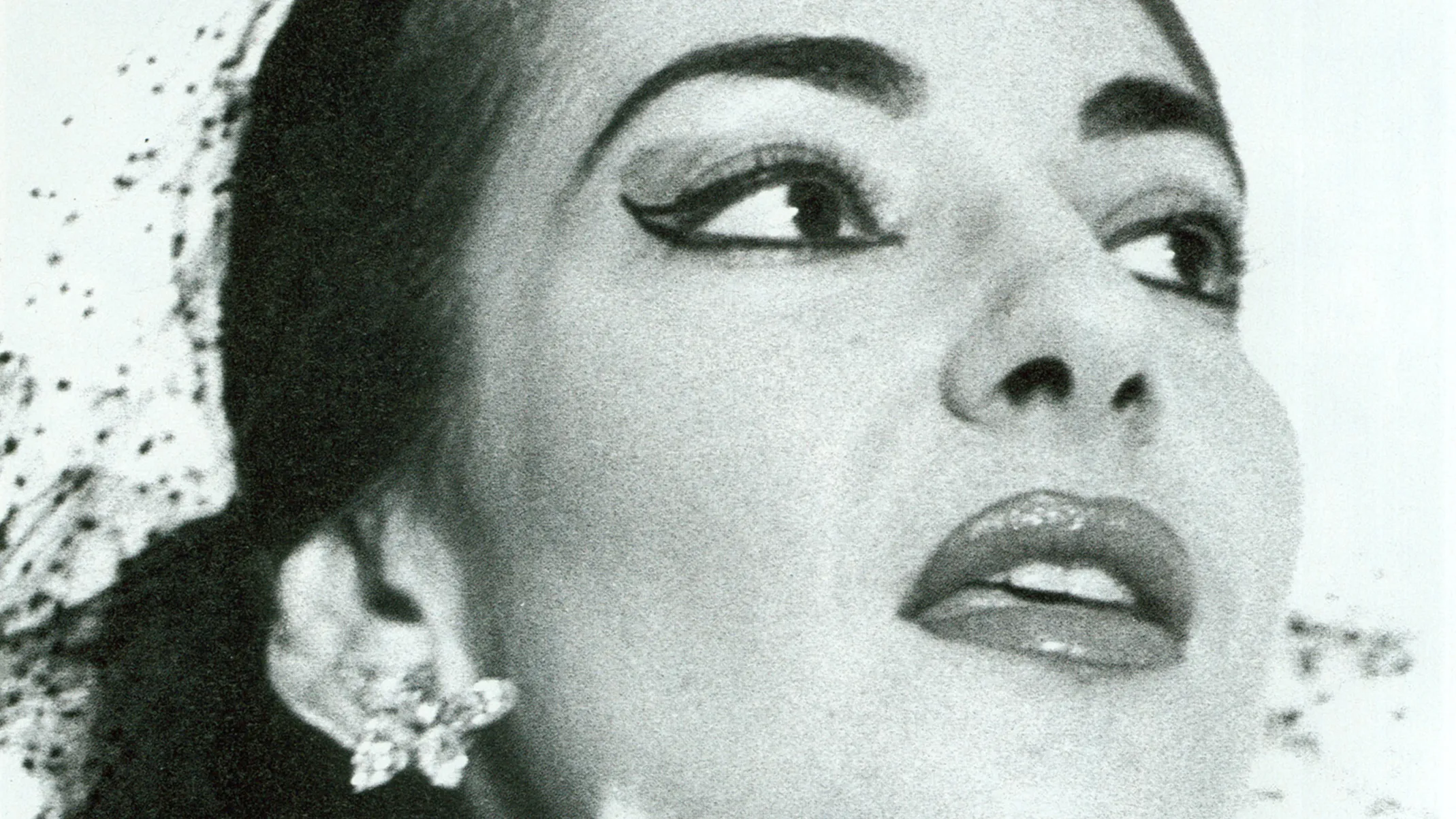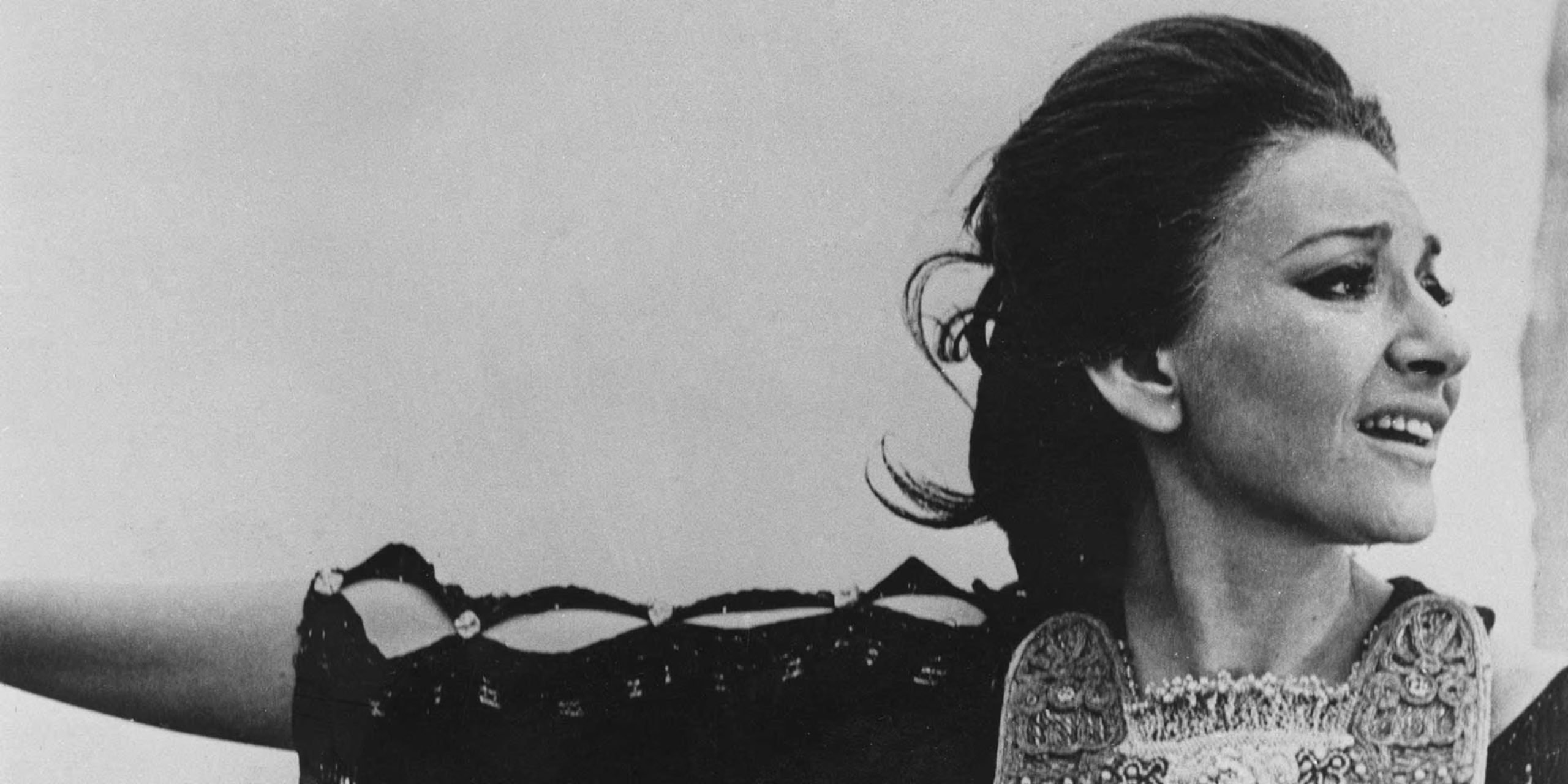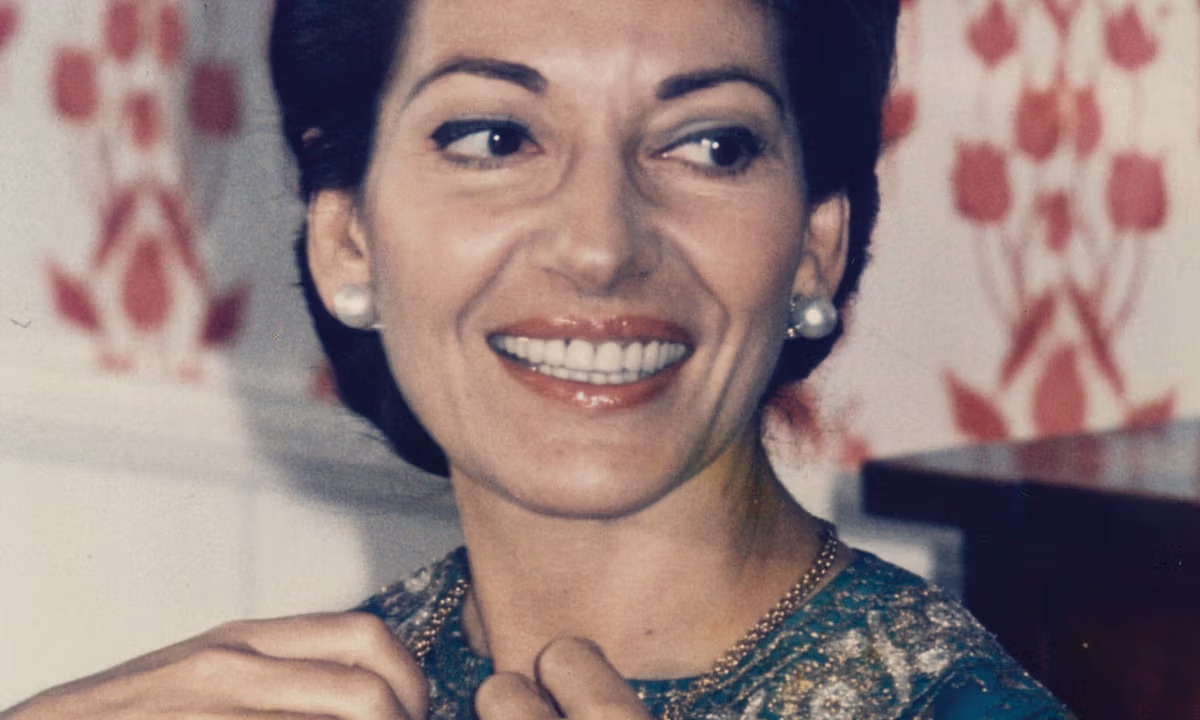One of the most unforgettable figures in opera history, Maria Callas is remembered not only for her powerful voice and dramatic interpretations but also for her commanding presence on stage. However, throughout her life and career, it was not only her artistry but also her physical appearance that frequently drew attention. In recent years, the emergence of “Maria Callas teeth” discussions has brought renewed focus to rumors about her smile and dental aesthetics. So, how much truth lies behind these claims, and what role did Callas’s smile play in her career?
The Importance of Maria Callas’s Smile and Image
Maria Callas became an icon not only for her vocal technique and musical genius but also for her charismatic stage presence. Her smile was a powerful visual element that enhanced her dramatic expressions on stage. In opera, gestures and facial expressions can be just as impactful as the voice, and Callas’s smile made it easier to establish an emotional connection with the audience.
However, the media and fans of the time often pointed out the irregularities in Callas’s teeth. Instead of diminishing her image, these differences contributed to creating a unique stage character. For audiences, her distinctiveness was not only in her voice but also in the way her appearance complemented her artistry.
What Is Dental Aesthetics and Why Is It Important for Artists?
Dental aesthetics is not only a matter of health but also an inseparable part of stage image for artists. In performing arts such as opera, theater, or cinema, a performer’s facial features and smile are directly reflected to the audience. For this reason, cosmetic dental applications are of great importance for those whose careers unfold under the spotlight.
The main purposes of dental aesthetics include:
- Smile Design: Creating a smile that harmonizes with the artist’s facial features.
- Whitening: Making teeth appear brighter and healthier.
- Crowns and Veneers: Correcting irregularities and improving the aesthetic appearance.
- Confidence: Allowing the performer to feel more comfortable on stage.
In Maria Callas’s case, her smile was an important element that supported her iconic stage persona. However, it should be noted that modern dental aesthetic techniques were not as advanced in her time as they are today.

Maria Callas Teeth Rumors: Truth or Exaggeration?
Rumors about Maria Callas’s teeth were mostly based on old photographs. While some fans argued that her smile did not always conform to aesthetic standards, others believed it was a detail that enhanced her unique charm. The “Maria Callas teeth” discussions continue to be a point of interest among social media users and music historians.
Some claims suggest that Callas may have undergone dental work later in her career, though there is no concrete evidence. On the contrary, certain biographical sources indicate that she preferred to preserve her natural look, focusing on her artistry rather than her physical appearance.
The Role of Aesthetics and Appearance in the Opera World
Opera is not only music but also a visual art. The facial features, makeup, costumes, and expressions of a performer play a crucial role in conveying emotions to the audience. For this reason, many opera singers have paid close attention to their appearance throughout their careers.
During Callas’s era, the standards of aesthetics were not as rigid as today. Naturalness, dramatic expression, and sincerity on stage were considered more important than physical perfection. The differences in Callas’s smile were not seen as flaws but rather as part of the emotional intensity she brought to the stage for millions of viewers.
The Role of Her Smile in Maria Callas’s Career
In Maria Callas’s career, her smile was not merely an aesthetic feature but also a tool of communication. Audiences could see both the drama of the characters she portrayed and her personal allure within her smile. In performances of operas like “La Traviata” and “Norma,” her smile amplified the emotional intensity she brought to the stage.
For fans, her smile also held significance outside of the stage. At press conferences, galas, and private events, her smile contributed to her elegant and sophisticated image. Thus, the “Maria Callas teeth” debates provide a unique perspective on her career.
Possibilities of Teeth Whitening and Veneers
The differences observed in Maria Callas’s teeth have often raised questions about whether cosmetic interventions could explain them. While teeth whitening and veneers were limited in her era, stage performers often valued their appearance, making some procedures plausible.
Teeth whitening was particularly favored for making teeth look brighter under stage lighting. Veneers and crowns, though not as advanced as today, offered partial corrections for dental issues. The noticeable brightness of Callas’s smile has fueled speculation about these possibilities.
However, since Callas never made any official statements about her teeth, such rumors remain speculative. As a result, “Maria Callas new teeth” claims remain an intriguing detail of her legendary career.
Media Commentary on Maria Callas’s Teeth
Throughout her career, Maria Callas drew media attention not only for her vocal technique but also for her physical appearance. Newspapers, magazines, and photo archives of the time examined her stage presence in detail. The “Maria Callas teeth” discussions largely emerged from this intense media focus.
Some critics argued that her smile enhanced the dramatic expressiveness of her performances, while others criticized the aesthetics of her teeth. Overall, however, her teeth did not overshadow her legendary image; rather, they strengthened her authenticity as a performer. Thus, the media alternately portrayed her smile as a debatable aesthetic element or as part of her artistry.

Fans’ Opinions on Maria Callas Teeth
Maria Callas’s fans expressed varying views about her smile. Some considered the differences in her teeth a reflection of natural beauty, adding to her charm. Others suggested that she may have undergone dental work, especially later in her career.
Even though there was no social media in her time, fan letters and concert reviews show that her smile was often discussed. Today, the “Maria Callas teeth” debates continue across online platforms, keeping the topic alive among music lovers.
Naturalness in Smile Design and Artistic Image
In the world of art, the most critical aspect of smile design is preserving naturalness. A smile that harmonizes with facial features strengthens communication with the audience. When analyzing Callas’s smile, it is evident that the differences in her teeth supported her natural allure.
In modern dental aesthetics, excessive whitening or misaligned shaping can result in an artificial appearance. In Callas’s case, however, naturalness reinforced her image. If she did undergo dental procedures, they appear to have been subtle and balanced.
Dental Aesthetics Trends Among Opera Singers
The opera world has always placed importance on visual presentation. Alongside costumes, makeup, and expressions, dental aesthetics also plays a role in shaping a performer’s stage image. During the mid-20th century, when Callas’s career flourished, aesthetic techniques were not as developed as today, but stage performers were still mindful of their appearance.
Today, whitening, veneers, and smile design are common practices among opera singers. These trends aim to create a more striking image before audiences. Discussions about Callas’s smile reflect the long-standing importance of appearance in opera.
Maria Callas’s Approach to Beauty and Confidence
For Maria Callas, beauty was not limited to outward appearance. In interviews, she often emphasized that discipline, confidence, and presence on stage were the strongest weapons of an artist. For her, charisma on stage mattered far more than details like dental aesthetics. Still, her smile served as a visual element that reinforced this charisma.
No matter how much the “Maria Callas teeth” rumors circulated, her confident demeanor overshadowed such discussions. On the contrary, her fans admired her natural allure and strong presence even more.
Modern Methods and Durability in Dental Aesthetics
In Callas’s time, dental aesthetic techniques were not as advanced as they are today. However, modern technologies now allow performers to achieve more natural and lasting results for their smiles. Especially zirconium crowns, porcelain veneers, and digital smile design are widely used among artists.
Modern methods not only provide an aesthetic appearance but also long-term durability. With proper care and regular dental checkups, these treatments can last 10–15 years or longer. If the changes in Callas’s smile had occurred today, they would likely be attributed to these advanced methods.




